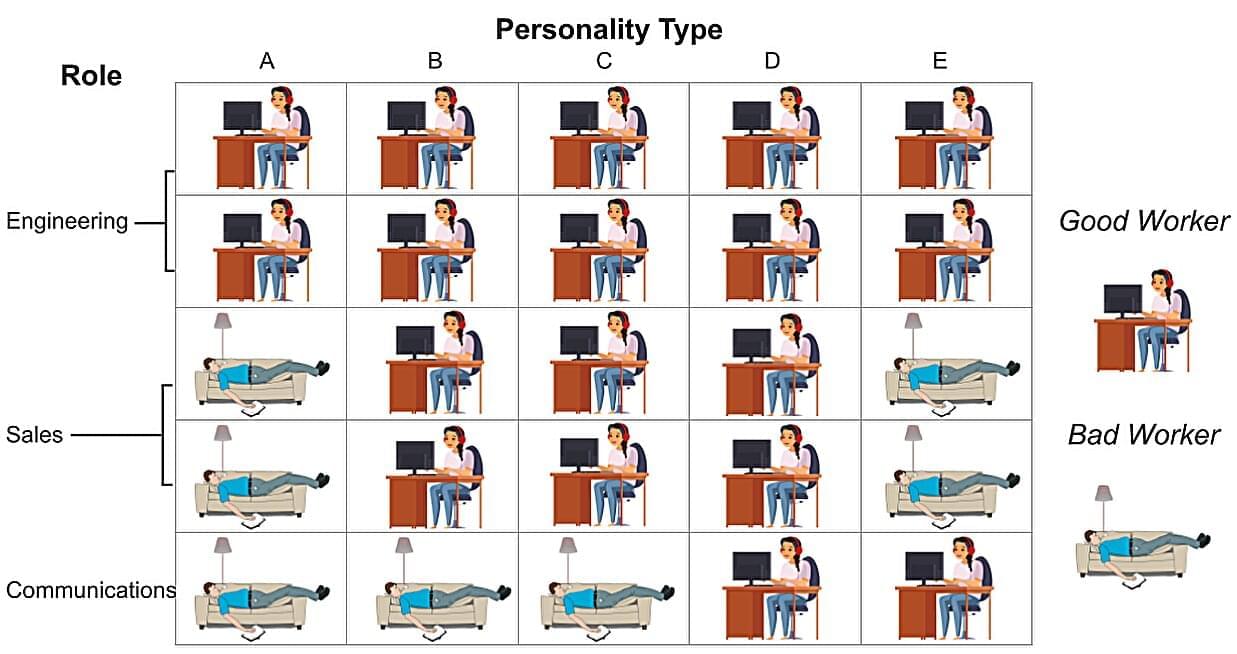Machine learning models have seeped into the fabric of our lives, from curating playlists to explaining hard concepts in a few seconds. Beyond convenience, state-of-the-art algorithms are finding their way into modern-day medicine as a powerful potential tool. In one such advance, published in Cell Systems, Stanford researchers are using machine learning to improve the efficacy and safety of targeted cell and gene therapies by potentially using our own proteins.
Most human diseases occur due to the malfunctioning of proteins in our bodies, either systematically or locally. Naturally, introducing a new therapeutic protein to cure the one that is malfunctioning would be ideal.
Although nearly all therapeutic protein antibodies are either fully human or engineered to look human, a similar approach has yet to make its way to other therapeutic proteins, especially those that operate in cells, such as those involved in CAR-T and CRISPR-based therapies. The latter still runs the risk of triggering immune responses. To solve this problem, researchers at the Gao Lab have now turned to machine learning models.







